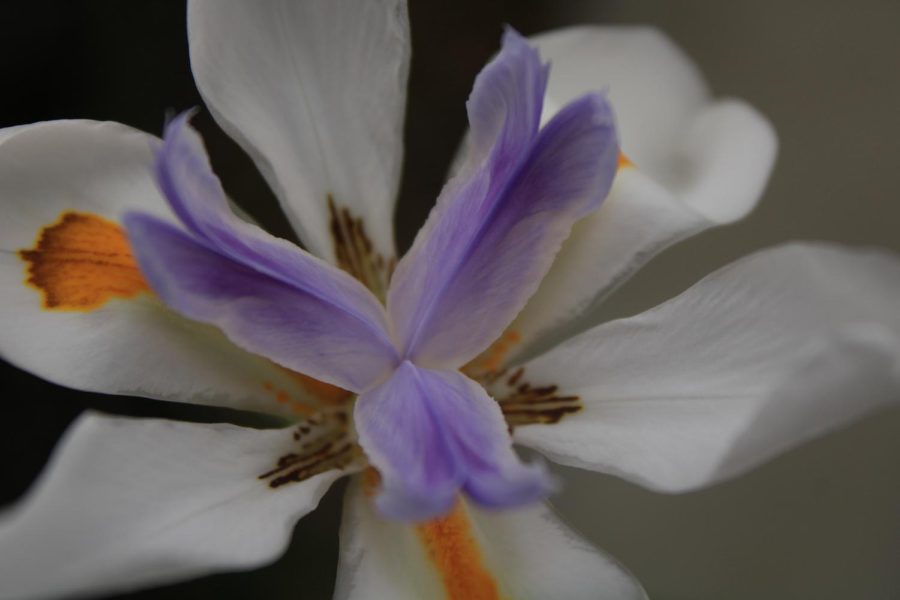Nature Around Campus: Fairy-Iris (Dietes Grandiflora)
Dietes Grandiflora is a rhizomatous plant a part of the Iridaceae family, ranging from six different species. It is a white flower with yellow accents on the petals and a purple middle– commonly called the ‘Fairy Iris’ for its wing-like petals.
This flower is the largest of its species, and blooms during the Spring and Summer months attracting pollinators. It is a good plant for dry and cold climates for its ‘persistent’ nature,
According to the Missouri Botanical Garden Press, this species is one of five, (such as Dietes bicolor, Dietes iridioides, and Dietes flavida) found in Africa, and one found in Lord Lowe Island named Dietes robinsoniana. The Dietes genus has a similar relative to the African plant genius, Morea, and the genius from the Northern Hemisphere known as Iris.
Historically, the name Dietes was not established until 1866, first introduced by R.A Salisbury, a British botanist. Most botanist scholars at the time rejected the name considering the plant to be more suited to the Morea genius, but Salisbury persisted. In greek “bi” means two referring to the likeness of both the Iris genus and Morea. Fredich Klatt, a German Botanist recognized Salibury’s naming of Dietes, stating that a newly found Australian plant (Dietes robinsoniana) belonged in the Dietes genius category. Still, the genius was not acknowdeged in whole by the botanist community until 1943.
Additionally, this evergreen perennial has thick green stems which are formed from pre-existing buds. Its green leaves are sturdy with veins running side-by-side on the bottom of the leaf.













